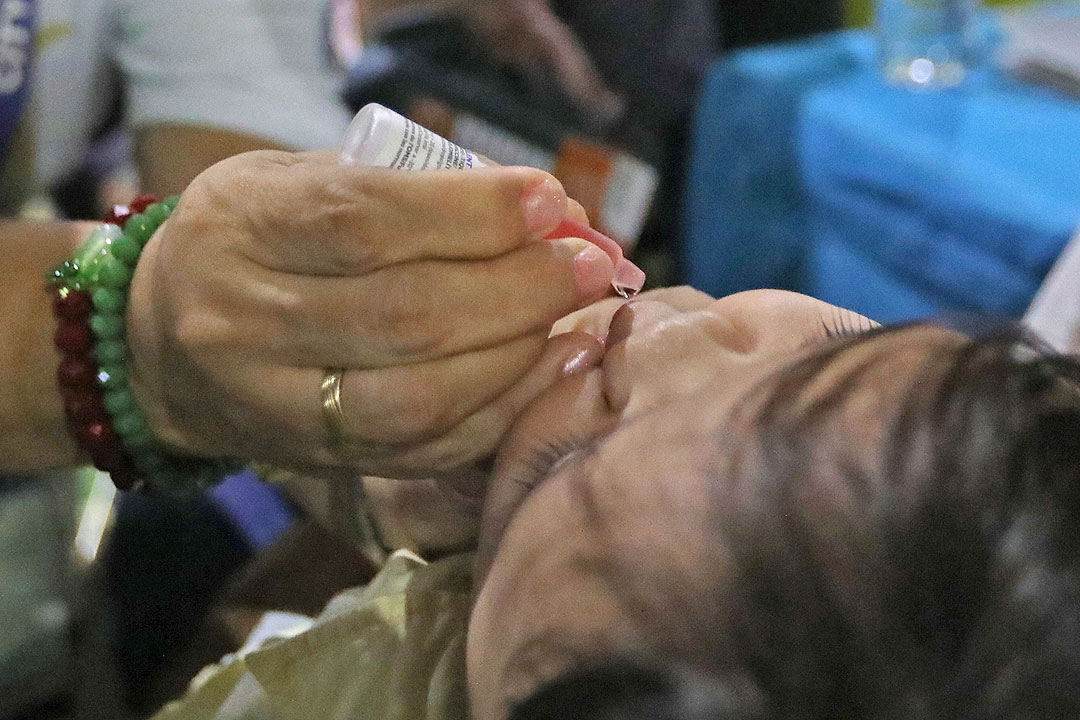Catching up to global immunization standards

THE last three years saw heightened awareness, public discourse, and behavioral shifts with respect to the benefits of immunization in the wake of the COVID-19 pandemic. But wait! It could not get more ironic than this: recent statistics shared by UNICEF and the World Health Organization (WHO) show that there is a significant decline in vaccine coverage rates across countries, and especially in East Asia and Pacific regions. They estimate that the drop has taken us back 15 years, with coverage rates being the lowest they’ve ever been since 20081.
It feels like the hard work done to promote the importance and benefits of vaccination in the last three years all went down the drain. Not a surprise that WHO’s theme for this year’s World Immunization Week was “The Big Catch-Up.” While the world continues to reel and recover from pandemic disruptions, it’s time to get back on track and make sure countries like the Philippines are not behind the global standards of immunization.
VACCINATION CHALLENGES
According to 2019 data from WHO, it was in low- and middle-income countries where routine coverage was low, with some countries vaccinating below 50% of infants, whereas all upper-income countries had vaccination rates of more than 90%2. The Philippines has been listed as a top five country with the highest number of “zero-dose children” — children who have not received a single dose of basic routine vaccines3. In 2021, the Department of Health noted that coverage of Fully Immunized Children was at just 62%, far below the 95% target rate4.
Our vaccination rates have also been impacted by pandemic disruptions. For over two years, parents struggled to get their children vaccinated due to lockdown restrictions and human resources being redirected toward COVID-19 campaigns. Now, UNICEF’s 2023 State of the World’s Children report reminds the public against potential new outbreaks for preventable diseases such as polio and measles5.
CATCHING UP AND BEYOND
Adult immunization is not as frequently discussed, but there are indeed life-saving vaccines for every stage of life, and are recommended especially for the elderly or those living with comorbidities. They are most vulnerable to complications from both infectious and non-communicable diseases (NCDs) when unvaccinated. NCDs account for 68% of all deaths in the Philippines6, and we have seen morbidities due to flu-like illnesses went up by 94% this past year7.
A whole-of-society approach is truly the best way to address our current health challenges. We have seen how different agencies and organizations can work together to ramp up our immunization campaigns, from strengthening communication efforts to augmenting vaccinators and adding convenient vaccination sites in different regions.
World Immunization Week has come and passed, but the conversations and actions around vaccination should continue. We’ve made progress in immunization, but there is still more to be done to truly get us back on track toward a Philippines where all vulnerable citizens are protected from vaccine-preventable diseases.
1 COVID-19 pandemic fuels largest continued backslide in vaccinations in three decades (unicef.org)
2 https://ourworldindata.org/vaccination
3 Philippines is top 5 country in the world with zero dose children (unicef.org)
4 DoH 2021 Field Health Service Information System (FHSIS) Annual Report
5 The State of the World’s Children 2023 | UNICEF
6 Prevention and control of Noncommunicable Diseases in the Philippines. The Case for Investment, Philippines, 2019. Geneva: World Health Organization; 2019 (WHO/UHC/CDS-NCD/19.90)
7 2023-EDCS-Weekly-Surveillance-Report-No9.pdf (doh.gov.ph)
Kashmira Prabhu is the general manager of Sanofi Pasteur, Inc.



